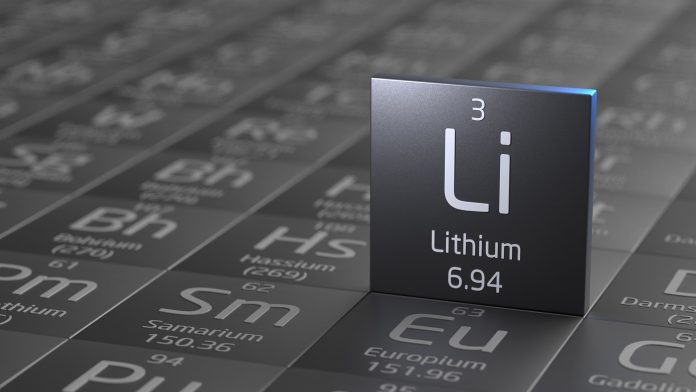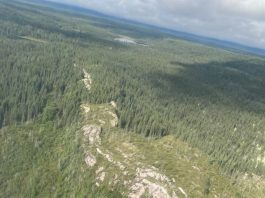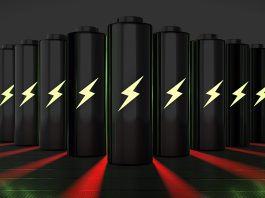A new CEO and project places Oceana Lithium at the forefront of the Brazilian lithium mining industry.
Local knowledge is invaluable for mineral exploration companies operating in a foreign jurisdiction. That’s why Caue Araujo is the ideal candidate to lead Oceana Lithium (ASX: OCN) as it advances its exploration projects in two of the world’s lithium hotspots and a strategic position in the Northern Territory of Australia.
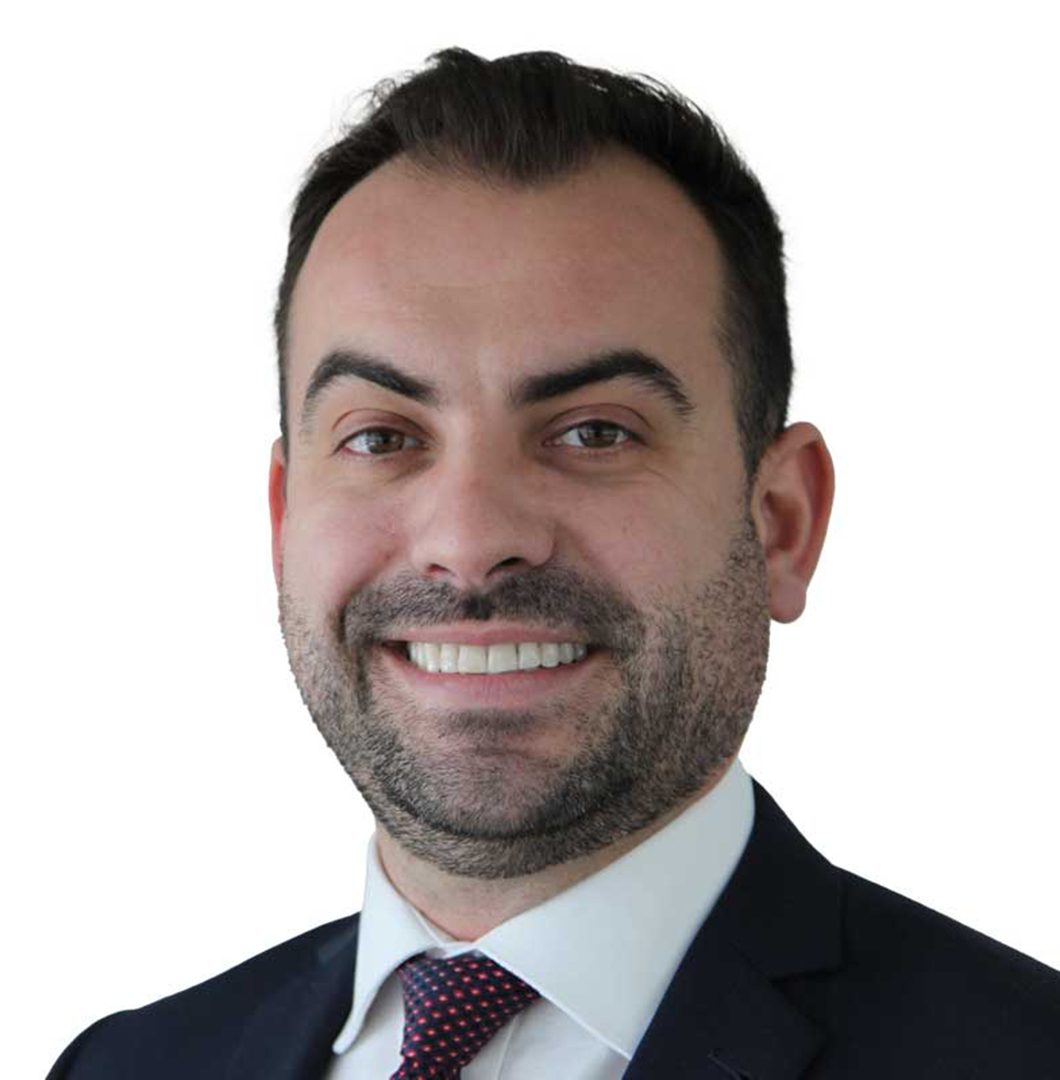
Araujo, a highly qualified Australian-Brazilian geologist and an experienced mining industry professional, was appointed CEO of ASX-listed Oceana in September.
More recently, he has been based in Australia in senior roles with the mining industry advisory group Palaris and engineering firm Hatch. His early career was spent in Brazil with mining giant Vale and then as general manager of SRK Consulting in the South American country.
The Solonopole project
It is in the north-eastern Brazilian state of Ceara that Oceana’s Solonopole Lithium Project, which has been the focus of the company’s exploration efforts since it was listed in July 2022, is located. The Borborema region, which straddles several states, including Ceara, is home to one of the two main lithium provinces in Brazil. The other lies to the south in Minas Gerais.
Araujo recently returned to Australia after visiting Solonopole, attending Canaccord Genuity’s Latam Natural Resources Conference in the city of Sao Paulo and reviewing other projects. He says the Brazilian mining industry has come a long way in recent years and is now in a much better place with regard to legal certainty around tenure and other matters.
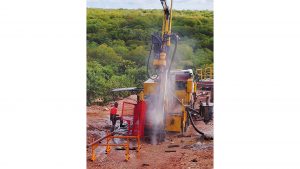
One of his key reasons for joining Oceana Lithium was the potential at Solonopole, which covers 124km2 of highly prospective ground and features a 20km corridor of outcropping pegmatites, known for hosting lithium mineralisation. He is also aware that his familiarity with Brazilian geology and the operating environment presents an advantage for the company:
“Solonopole is a hot spot. I think it is one of the most exciting projects in the country, and the locals feel that way, too… But we want to expand our footprint. Lithium exploration in Brazil is in its infancy, and many opportunities exist.”
While not at the same level as Australia, Chile, or China, Brazil does produce lithium concentrates from operations run by AMG Mineracao, a subsidiary of Netherlands-based AMG Advanced Metallurgical Group N.V. and Companhia Brasileira de Litio. There is also the recently commissioned Grota do Cirilo project, owned by TSX and NASDAQ-listed Sigma Lithium Corporation, and more recent discoveries yet to enter production, such as the Colina project, owned by ASX-listed Latin Resources.
A lithium goldrush?
In August last year, the Brazilian government signalled its support for growing the country’s lithium industry by issuing a decree allowing unrestricted foreign trade of lithium minerals and ores and their derivatives. Previously, the industry had been tightly regulated through requirements for quotas and export authorisations.
Oceana Lithium undertook an inaugural program of scout RC drilling at Solonopole over May and June this year and is gearing up to begin a second programme incorporating diamond drilling over the next three to six months.
Overseeing the activity will be Oceana’s Brazilian technical director, Renato Braz Sue, who is based in the state capital of Fortaleza, a three to four hours’ drive from Solonopole. The company’s in-country presence includes a corporate office in Belo Horizonte, where corporate director Cintia Maia is based.
Oceana Lithium’s other projects
Having established a presence in one lithium hotspot, Oceana Lithium moved to gain a foothold in another in July this year, securing a six-month option over a 104km2 landholding in the James Bay region in Quebec, Canada.
The Monaro Project, as the landholding is known, includes 40km of contiguous wacke meta-gneisses and amphibolites known to host lithium-caesium-tantalum (LCT) mineralisation. Assisted by a local contract team, Oceana geologists have been conducting field reconnaissance work, including surface sampling and detailed mapping, as part of the company’s due diligence. Should Oceana choose to exercise its option over Monaro, it will be one of the few ASX-listed companies to have exposure to two of the world’s most exciting lithium provinces poised to supply the fast-developing Brazilian domestic and international EV markets.
Also part of Oceana’s portfolio of lithium assets is the Napperby project in the Northern Territory. A greenfields project in ‘elephant country’, the company sees Napperby’s potential to host large deposits as warranting the continuation of a systematic approach to exploration.
Please note, this article will also appear in the sixteenth edition of our quarterly publication.

